Make your winter Bay-friendly!
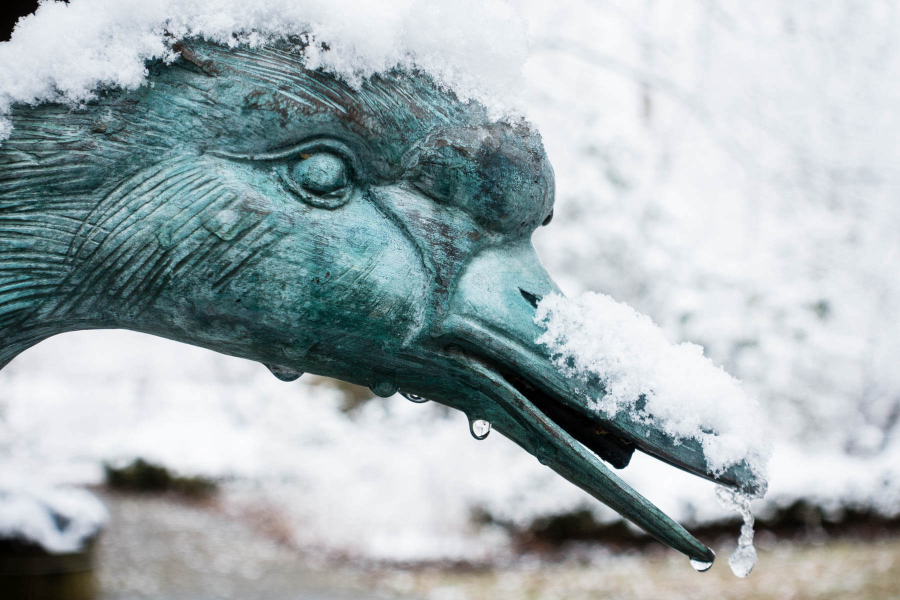
Even if nature looks like it’s sleeping, the ecosystem never stops working. During the long winter months, we actually have a big opportunity to reduce our impact on the environment and protect local wildlife. Small changes in our routines and the way we maintain our homes can collectively benefit our ecosystem. Here are seven ideas to get you started.
Beware of de-icing materials
Ice helped to form the Chesapeake Bay and can be a beautiful sight throughout the region, but the way we handle ice during the winter is often less-than-glamorous and even downright harmful .
The products we use to melt ice may create safer walking or driving conditions, but they also increase the amount of salt that runs off into freshwater. While it is normal for the ocean and some parts of the Bay to contain salt water, when salinity increases in freshwater, often due to melting snow and ice, it can stress plant and animal species that are unaccustomed to the salt. Zooplankton, for example, have a low tolerance for the increased salinity which puts the entire food web at risk.
As the salinity increases, so does the alkalinity, which is the ability of a body of water to protect itself from extreme pH changes. Low pH can lead to algae growth, which can create low-to-no oxygen conditions that suffocate marine life when they begin to die off and decompose. The combination of these impacts can exacerbate existing water quality issues while impeding the growth and reproduction of aquatic species.
At home, you can reduce the amount of rock salt used to melt ice or try more sustainable alternatives like chemical-free brine solutions. Salt brine is more effective at melting ice, so you don’t need to use as much of it. It’s also easier to control and is less likely to bounce into yards and wash into waterways. Only apply deicing materials to essential areas and use the least amount possible.
Use energy wisely
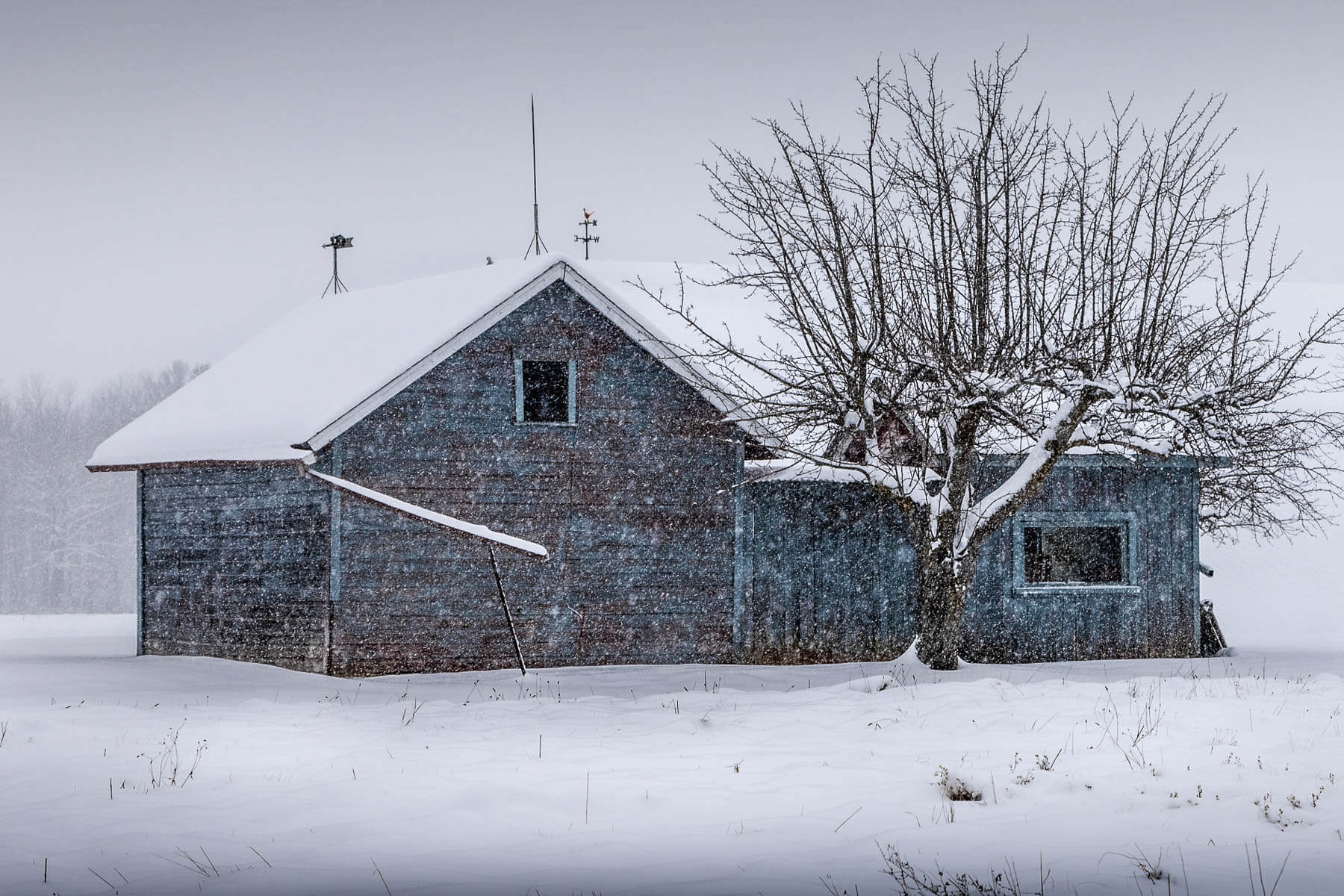
When it gets cold outside, make sure you are heating your home efficiently. The first step you can take is to layer up and turn down the thermostat. Heating an entire house uses a tremendous amount of energy, and turning the temperature down by just a few degrees makes a big difference. To get the most out of the heat in your home, seal any cracks or leaks around windows or doors, replace furnace filters to keep heat flowing freely and use curtains to help block out the cold at night.
Skip the yard work
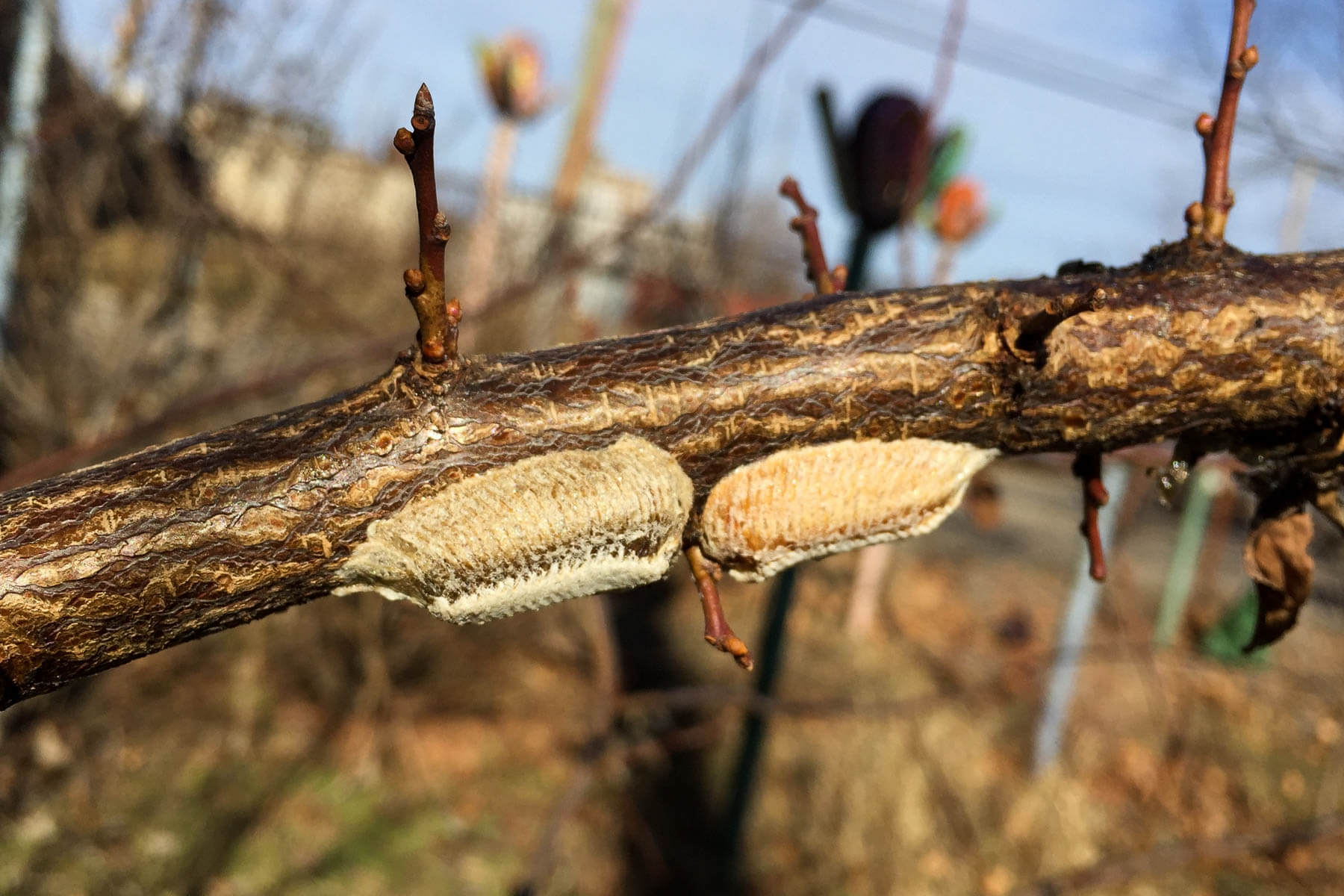
When it comes to cleaning up the outdoors in winter, less is more. Dried leaves, branches and dead plant material are important sources of food and habitat for wildlife. Leaves help mulch the ground and prevent erosion, keeping sediment runoff out of waterways.
Although it might not look like it, some of our most beloved creatures are also hiding in our backyard bramble during winter. Some moths, which are excellent pollinators, burrow into the ground or build chrysalises that mimic dead leaves. Various bugs lay their eggs on branches and under leaves, and larval forms of insects will winter in the ground and inside of stems. Undisturbed soil and branches are also key for the survival of overwintering native bees.
To protect these critters, don't shred leaves or cut down plant material until temperatures are consistently over 50 degrees in the spring. By this point, most insects will have emerged from their winter hibernation.
Plan your winter garden
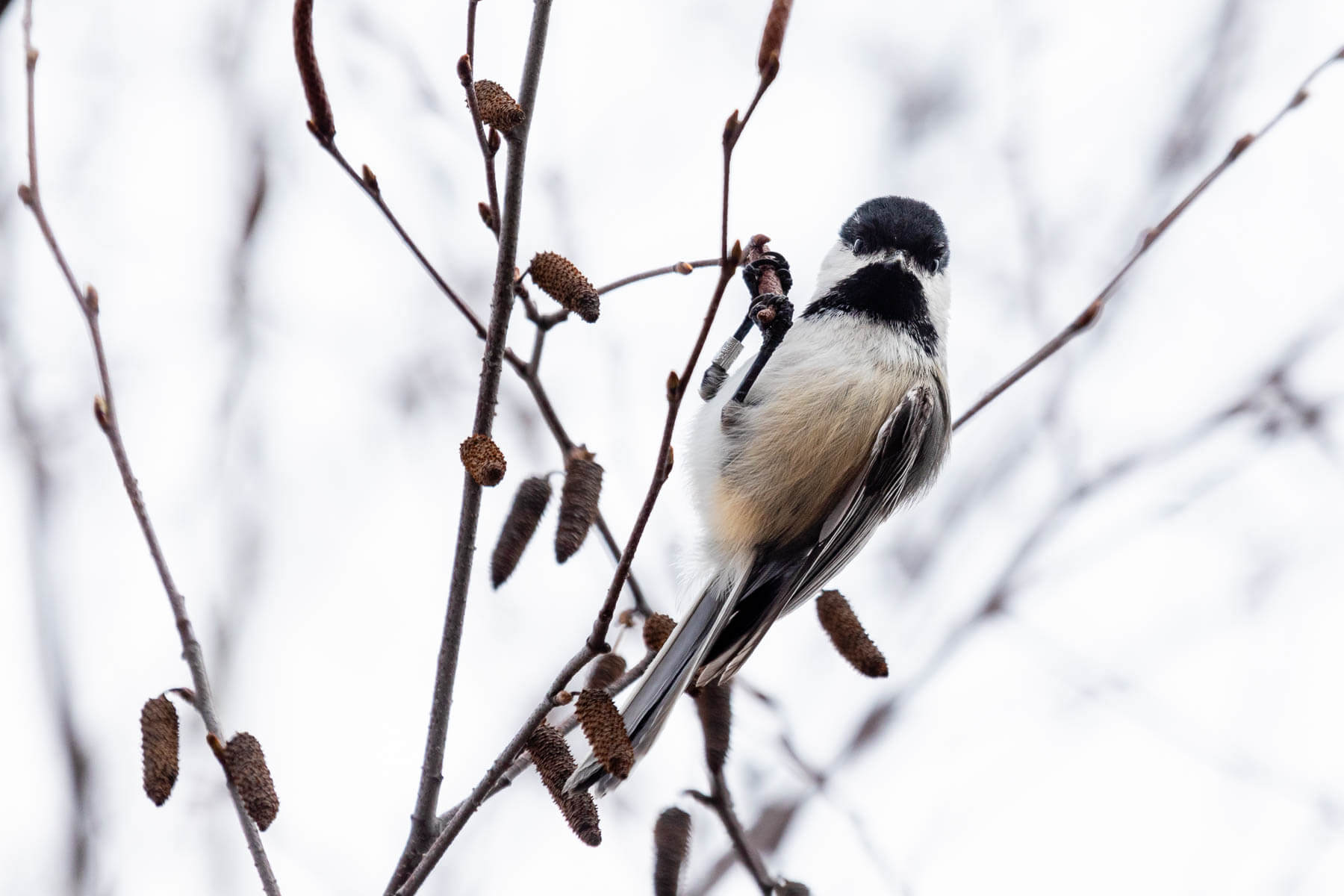
Set yourself up to have an even greater environmental impact in the future by planning next year's winter garden. Determine what grows best on your property and plan on planting in the spring or fall. Many native plants look beautiful in winter and have added benefits for wildlife. Grass seeds and shrub berries are excellent food sources for birds, and evergreen shrubs can shelter them from bad weather and predators. Find plants native to your area that provide food and habitat for local birds, and consider planting early and late blooming flowers for early emerging pollinators. As for benefits to you, deciduous trees can cool your home in the summer by providing shade and allow the sun to heat your home in the winter after losing its leaves. This reduces the amount of energy you need to spend during both seasons. As climate change continues to cause more extreme temperature fluctuations, efficiently heating and cooling your home will become more important.
Embrace the darkness to help birds
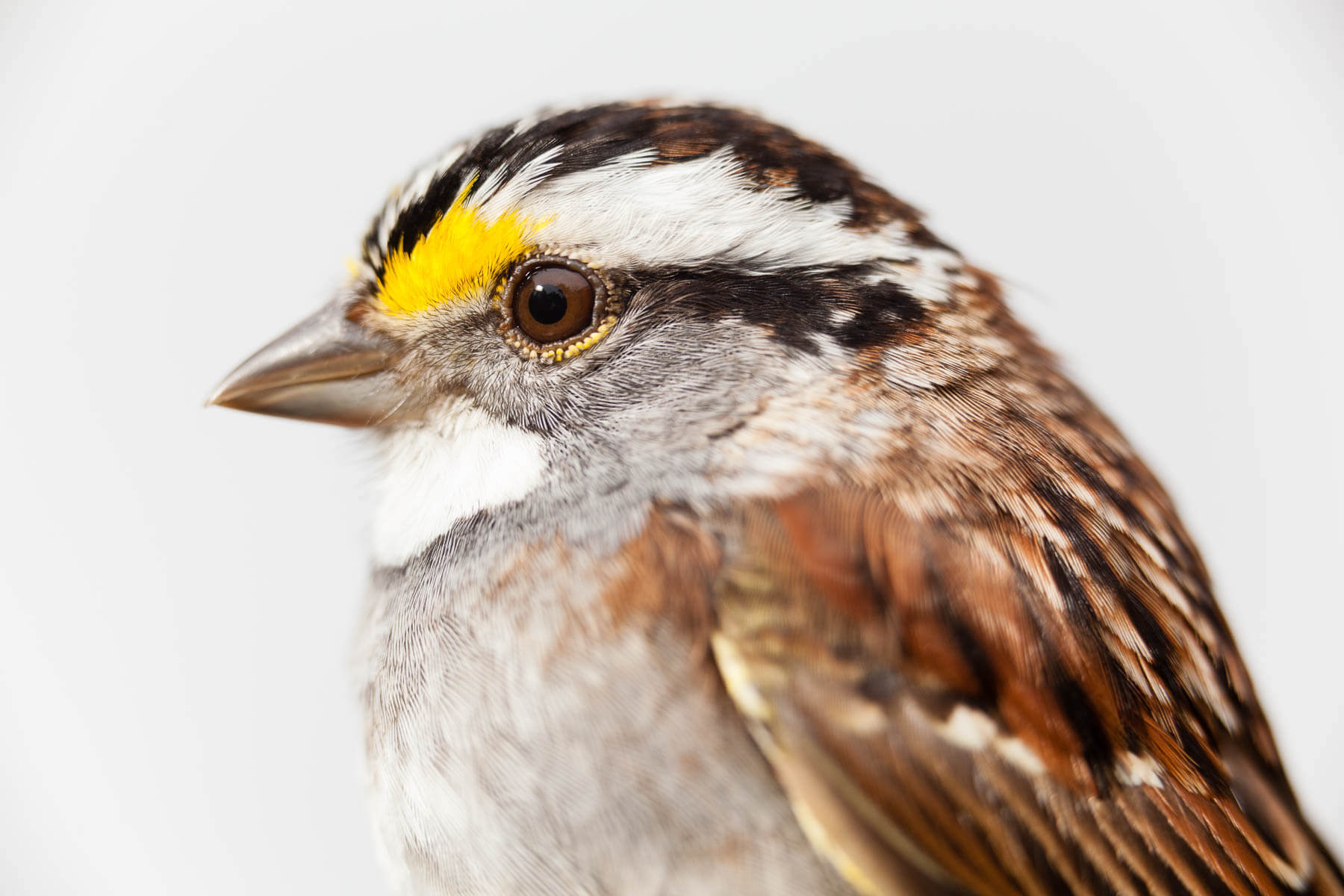
Outdoor lights can distract and confuse the thousands of birds who migrate to the Chesapeake Bay watershed each year. If you have outdoor lights, use a motion sensor and add a cover over the lights to redirect the beam downwards. This will help you save energy and prevent the light from disturbing traveling birds. Additional ways to help birds include installing bird feeders, heated water bowls and bluebird houses.
Make conscious purchases
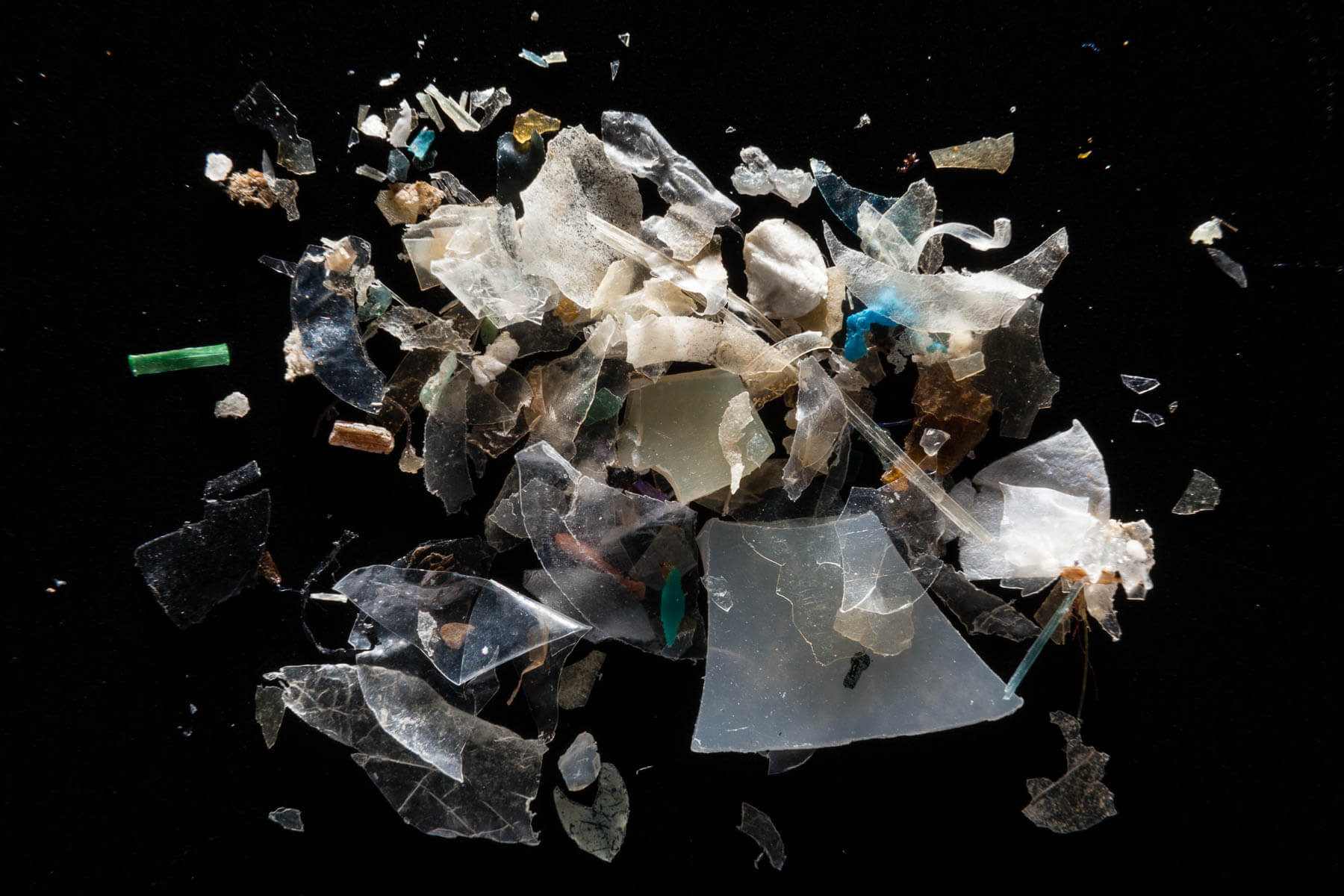
Synthetic fibers used for winter clothing are one of the top greenhouse gas contributors of the garment industry. Beyond the environmental impacts made during production, these garments continue to break down into microplastics as they are washed and discarded. Fibers from clothing are currently one of the most abundant types of microplastics found in water samples. This year, see if there are ways to mend the clothing you have or to buy used. If there are clothing items that no longer fit you or a family member, consider giving them to friends or neighbors, selling them on social media or donating.
Adjusting your food purchases can also be a great way to help the environment. Buying local, for example, helps reduce the pollution associated with transportation and allows you to support farms using watershed-friendly growing practices.
Get outside
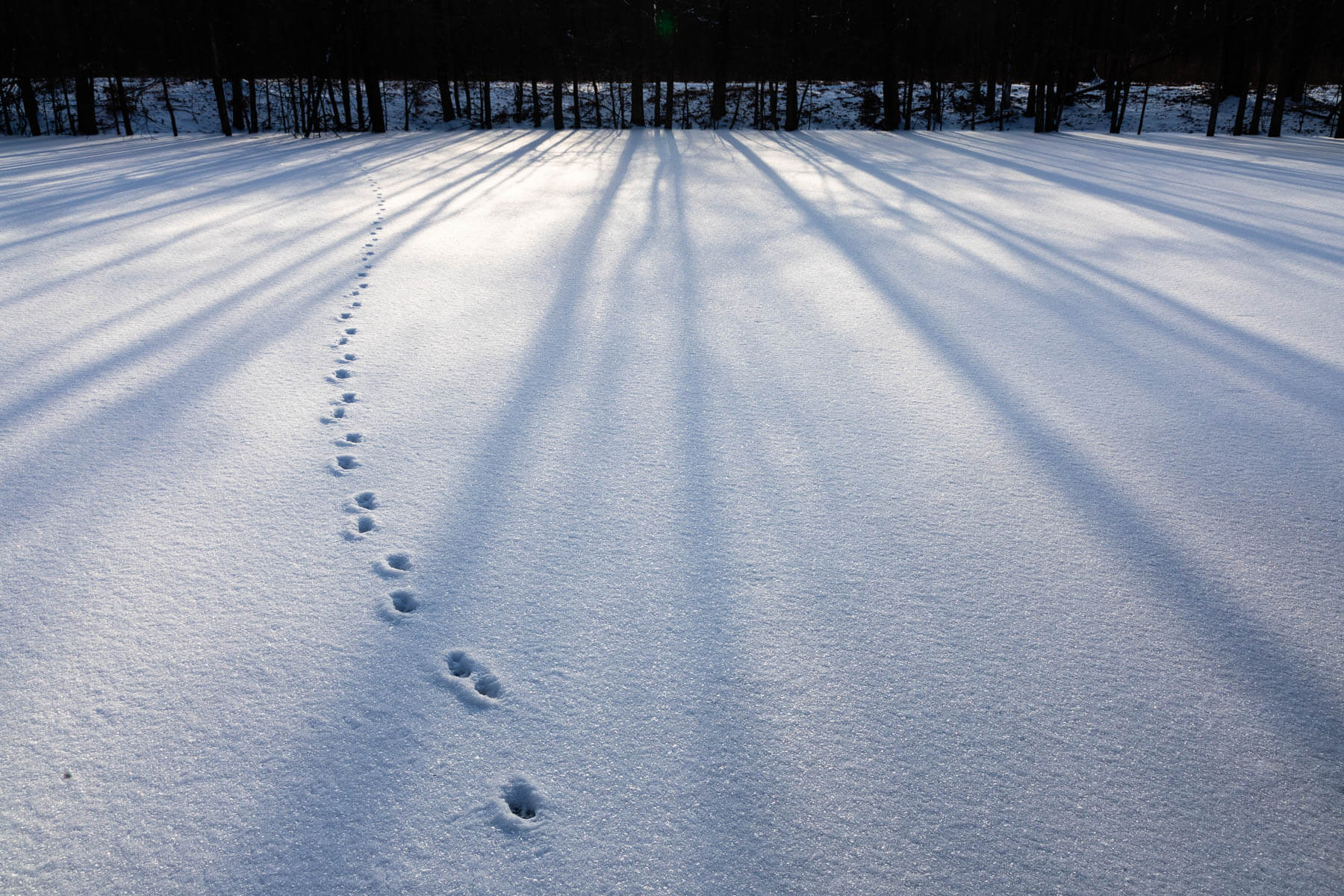
Turn off the electronics, layer up and get outside. The views might be different but the Chesapeake Bay watershed has something to offer in every season. With smaller crowds and less vegetation, winter can be a great time to birdwatch, fossil hunt and hike the region’s best trails. The lack of leaves also makes plastic pollution easier to spot and remove, so consider joining a trash pick-up group or look for other volunteer opportunities around the watershed.
It is critical that the Chesapeake Bay watershed keeps its ecosystem in balance and we can all do our part to help protect and restore it. Looking to make more changes and be involved all year? Find a watershed group near you to get involved with and check out more tips and tricks to make a positive impact on the environment.

Comments
I never knew about the microplastics in clothing. Very interesting.
We are doing all of these! Thanks for the reminders.
Thank you!
Your comment has been received. Before it can be published, the comment will be reviewed by our team to ensure it adheres with our rules of engagement.
Back to recent stories